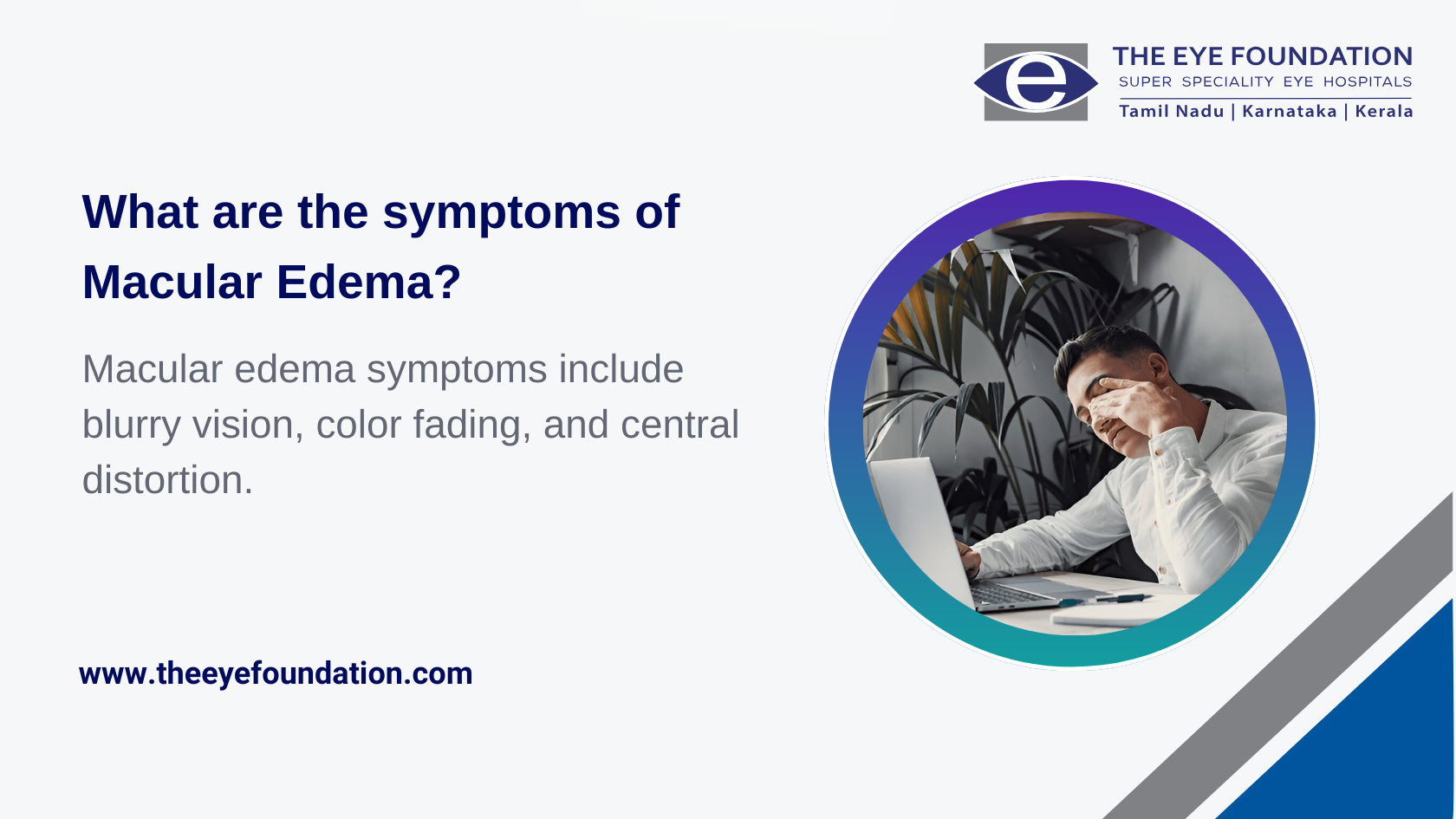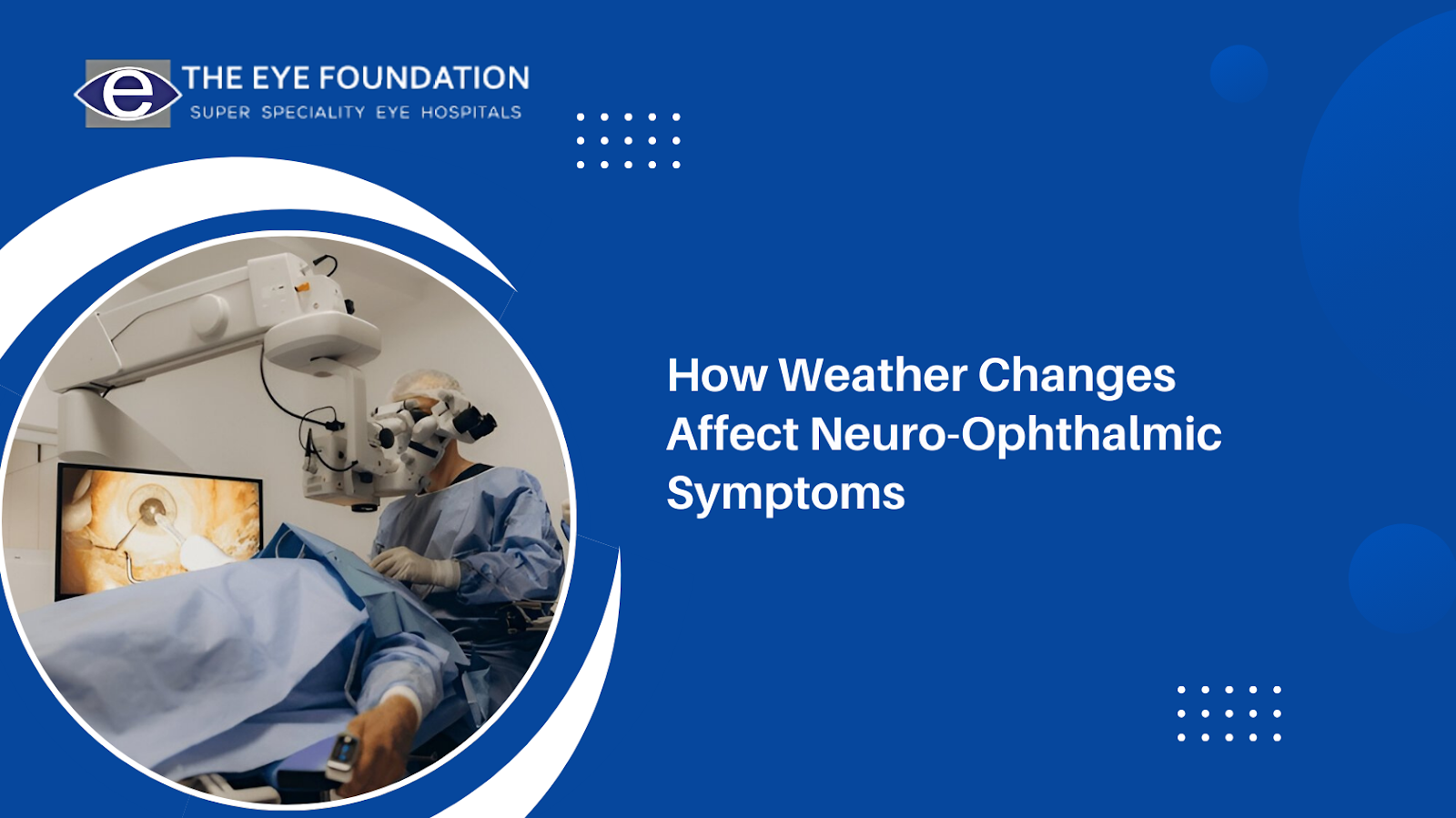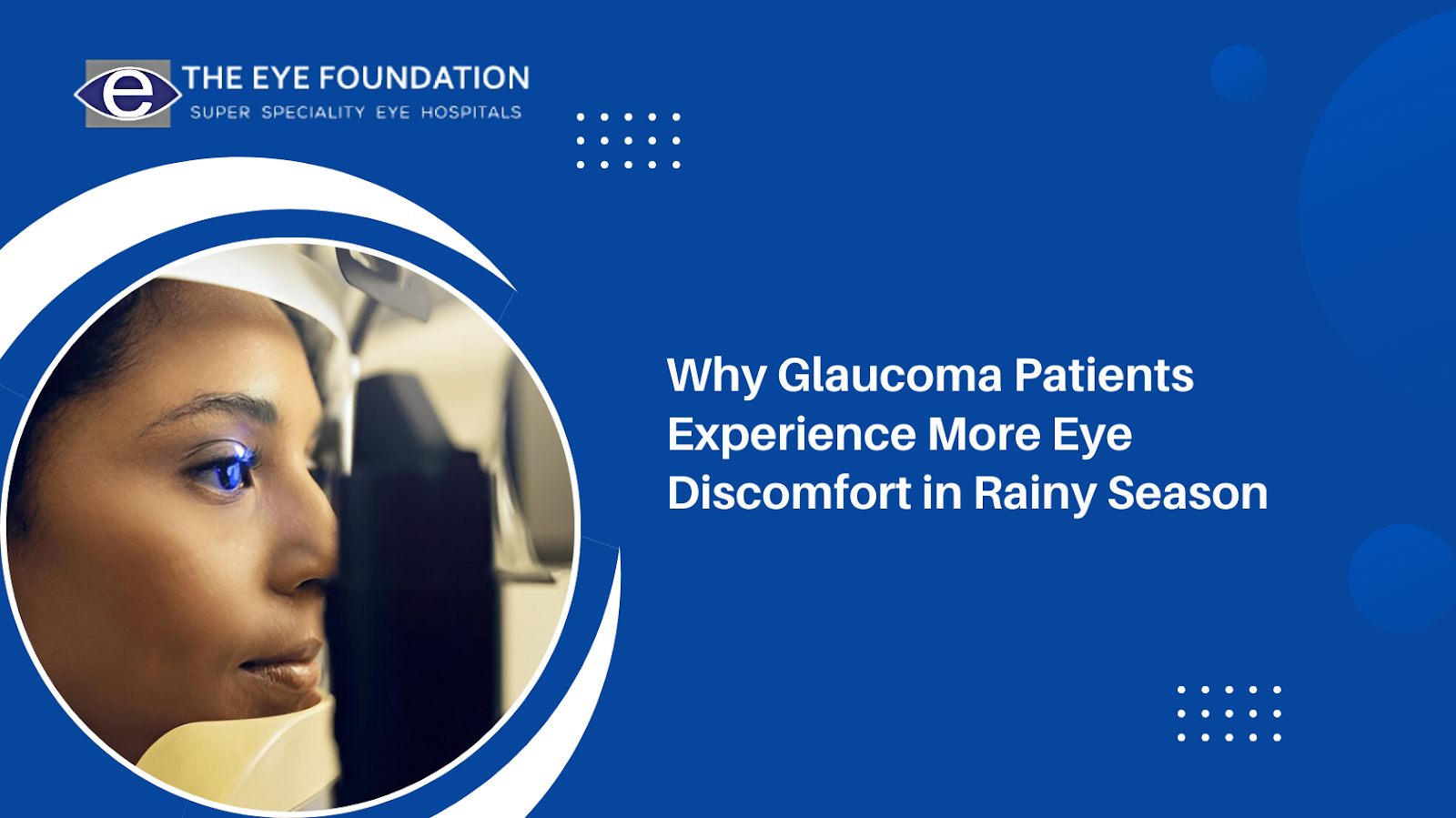Macular Edema is a disease which develops when there is fluid leakage in the macula, a small area in the retina that is responsible for straight-forward vision. Should the fluid leak into this area, it leads to swelling and hence one cannot see objects in front of him/her clearly. It is important to know the signs of Macular Edema because if you get medical attention as soon as possible, you will be able to preserve your vision to a large extent. In this article, the author discusses all the possible symptoms so that you can easily identify them.
Understanding Macular Edema
Macular Edema refers to the situation where the blood vessels in the retina become swollen and the fluid starts to seepage in the macula. This fluid buildup causes the macula to swell, thus affecting a person’s central vision. Macular Edema is a common complication of diseases like diabetic retinopathy, retinal vein occlusion, eye inflammation, and some eye surgeries. If not treated it results in severe vision loss hence the quality of life is affected.
If you would like to know more about Macular Edema, feel free to read more on the Macular Edema page.
Early Symptoms of Macular Edema
Macular Edema does not progress if diagnosed early enough thus the importance of screening for this condition. At the early stages, signs may be mild and inconspicuous, and, therefore, can be easily overlooked. Here are some of the initial symptoms to watch for:
- Blurriness in Central Vision: The first signs may include the fact that objects in your central visual field of view become less sharp. This might be mild in the beginning, and is usually confused with eye strain or tiredness. Fuzziness may cause difficulties in reading, face recognition or doing works that require a precise vision. This is different from general blurry vision because the problem affects only the middle of the field of vision.
- Reduced Color Intensity and Fading: Colors may appear to be washed out or slightly muted as if their intensity has been reduced. This change may be small at first but gradually progresses and becomes challenging to distinguish details in objects that are colored or in artwork. Fading of colors is a unique sign that people experience most of the time when painting, reading color documents, or shopping for certain products.
- Sensitivity to Light and Glare: Sometimes you could be uncomfortable when under the light or direct sunlight and you tend to squint or even shield your eyes. This sensitivity can be irritating and it becomes difficult to concentrate when in well lit places. Some people complain of more glare from headlights or any other bright light at night, which contributes to eye strain.
- Slight Visual Distortion in Straight Lines: A person with Macular Edema may have difficulty seeing straight lines as bent or wavy, like the door frames, edges of the window, or lines of text. These lines may look curved, bent or wavy, especially if you look at them directly. Visual distortion is one of those symptoms that make individuals seek medical help because of the impact it has on the ability to read or follow directions, for example.
- Trouble Seeing in Dim Light: The other early signs include the inability to adapt to dim lighting, for instance, from a well-lit area to a poorly lit area. It can become difficult and even painful to move around in the evening or dine with candles lit at home.
- Double Vision in Central Field:In some cases, people feel that they have a double vision or “ghosting” in which objects in the center of the vision are blurred or appear as though they are duplicated. It is not a continuous symptom, but may be more apparent when concentrating on an object.
- Difficulty Recognizing Faces: Early Macular Edema may sometimes make it challenging to recognize people we know. This is because there is a slight fading in the central vision and as such details of face features are not as clearly distinguished.
These early symptoms may be subtle but taken individually, they may mean that one needs to see a doctor for further evaluation.
Advanced Symptoms of Macular Edema
Macular Edema, if not treated, progresses to more dangerous conditions that affect a patient’s functioning in their everyday life. These advanced symptoms often indicate that the macula is experiencing substantial damage:
- Marked Central Blurriness and Vision Loss: In the beginning, the blurring may be slight, but gradually the central part of the field of vision becomes obscured to the extent that simple tasks that demand clear vision, such as reading or driving, become almost impossible. Such a degree of blurring can interfere with as basic activities as reading a menu or identifying street signs.
- Dark or “Blank” Spots in Vision (Scotomas): Macular Edema patients often complain of dark or blind spots in central vision when the condition is severe. These areas of lost vision are called scotomas and may look like black holes in the field of vision where no vision is perceived at all. As they develop, they obscure the central view and thus hampers the concentration on objects of interest.
- Severe Wavy or Distorted Vision: Severe distortion is called metamorphopsia and can make straight lines look as if they are bending in the most bizarre ways. Structures of ordinary use like floor tiles or traffic signals may appear abnormally and this alters the perception of depth and space respectively.
- Double Vision or “Ghosting” Becomes Prominent: Macular Edema in its advanced stage can worsen double vision and people experience a “ghosting” in the center of their vision. This can make it nearly impossible to concentrate on a single object and gets confusing when one is reading or watching television.
- Contrast Sensitivity Reduction: When Macular Edema progresses, one has trouble seeing objects in low contrast, for example, light gray letters placed on a white background. This symptom can be disturbing for reading small text, or going through areas with low contrast, which affects daily tasks such as reading a label or using screens with low brightness level.
- Increased Difficulty Seeing in Low Light or at Night: Severe Macular Edema can affect your vision in low light conditions, specifically making it difficult to see objects clearly. Tasks that would otherwise be done during the night or while in low-light conditions become challenging. This can lead to a higher incidence of falls or accidents especially when one is in a poorly lit area.
- Inability to Perform Close-Up Tasks: Central vision loss makes tasks such as sewing an eyelet, reading the fine print, or managing a smartphone nearly impossible. That for many people is one of the most irritating symptoms of the progressed Macular Edema that thwarts self-sufficiency and pleasure.
The macula becomes affected as the disease progresses to its later stages and the development of such signs requires urgent medical attention.
Diagnosing Macular Edema
If you experience any of the symptoms mentioned above, it is advisable to seek the services of an eye doctor. Diagnosis of Macular Edema usually involves the following tests:
- Optical Coherence Tomography (OCT): This test employs light beams to capture clear images of your retina, and help the doctors detect the presence of fluid in the macula. OCT is an essential instrument in assessing the thickness of the retina, and in evaluating the severity of the swelling.
- Fluorescein Angiography: In this test, a dye is injected into your bloodstream, and images are taken as the dye moves through the blood vessels of the retina. This process enables the doctor to identify the cases of the leaky blood vessels which is a leading cause of Macular Edema.
- Amsler Grid Test and Visual Acuity Tests: The Amsler grid test is a test in which a person has to look at a grid of straight lines. Macular problems are likely to be indicated by any distortion or missing areas in the grid. Visual acuity tests check how clearly you can see and may show small changes in your vision.
These tests can be used to diagnose Macular Edema and come up with the right treatment that should be administered.
When to See an Eye Doctor
If you experience any changes in your central vision, no matter how slight, you should consult your eye doctor, if the changes do not cease. Macular Edema is also common among patients who have diabetes or high blood pressure and patients with these conditions should get their eyes checked regularly. Symptoms should be treated as soon as possible because Macular Edema has severe consequences if not treated.
Macular Edema can cause blurred vision and this may interfere with your normal functioning in society. It is important to know what Macular Edema looks like and the changes in vision that are signs that the condition is getting worse. If you develop any of the above symptoms, you should consult a doctor as soon as possible. Macular Edema is one of the conditions for which we are giving patients support through our comprehensive eye care services at The Eye Foundation. Do not wait—Schedule your appointment with our experts to keep your vision and lifestyle intact.






